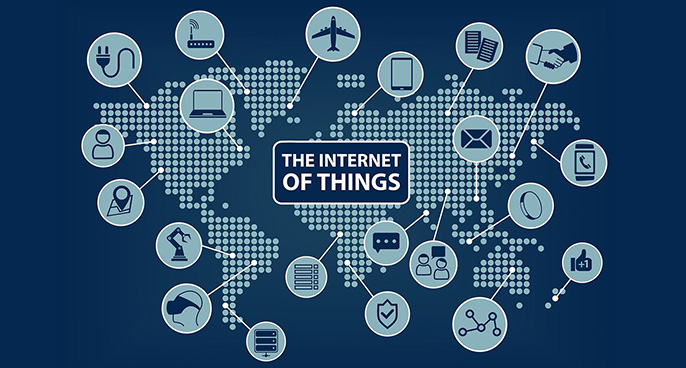Connectivity is key for IoT devices. After all, connectivity is what allows simple things to become part of the IoT and enables the data collected by IoT devices to be analyzed, organized and actually used.


When developing a new IoT device, achieving seamless, low-latency connectivity is simple, but necessary. In the real world, connectivity is critical to the performance of new devices. So, what are the main challenges in providing reliable IoT connectivity? Here are three main areas to consider.
Challenge 1: Bandwidth
As we all know, the Internet of Things is built on data. Any IoT device needs to be able to collect and transmit data, and potentially collect data from other devices or a central control unit. But bandwidth will vary depending on the type of connection protocol you use, and ultimately the size of your IoT deployment. Will your device be one of thousands of devices sending request and response signals to your server? Will your equipment be spread over a wide geographic area, or will it be limited to one building?
Then there’s the type of data your IoT device will transmit. Simple data – for example, measuring temperature or weight at a fixed time – means the data to be transmitted is small and simple. Continuous tracking of specific parameters such as location requires more bandwidth. And rich data, such as audio and video streaming, requires a lot of bandwidth.
Challenge 2: Power consumption
Most IoT devices are relatively small and simple, running on batteries. Additionally, they may be deployed in locations where regular maintenance or upgrades are not possible. Therefore, energy efficiency is crucial.
Maximizing the energy efficiency of IoT devices and ecosystems depends on choosing the right wireless access technology and radio frequency (RF) design. This ensures that power consumption is minimized in the first place and that no unnecessary RF power is output.
Challenge 3: Security
Security is a key consideration in any environment where data is collected, stored, analyzed or transmitted. However, it has some special nuances when it comes to IoT.
First, IoT devices are essentially endpoints that provide access to a network, and as such, they can be targeted by malicious attackers. In addition, many IoT devices are too small and simple to integrate complex security protection mechanisms on their own. These devices need to be properly authenticated and authorized to connect to the relevant network, and the data they send and receive must always be encrypted.
Connectivity in the IoT ecosystem is flexible and comes in many forms. When developing and deploying IoT networks, organizations can choose to use appropriate protocols and technologies. However, when making these decisions, it is important to consider how to ensure efficient power consumption, adequate bandwidth, and strong security.
